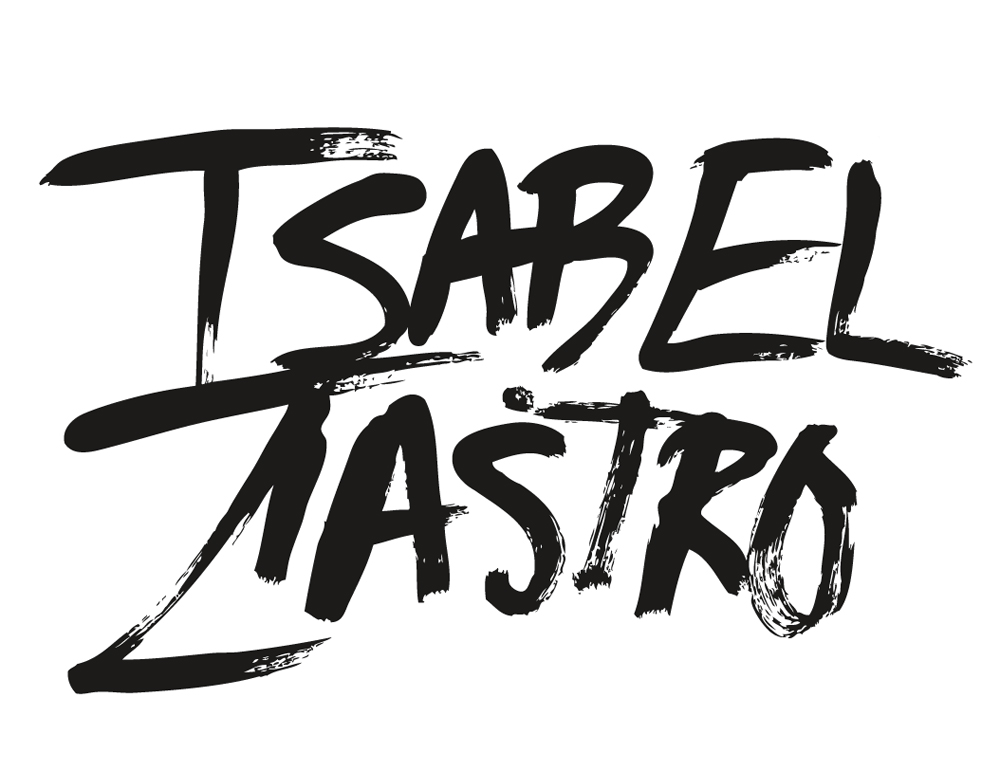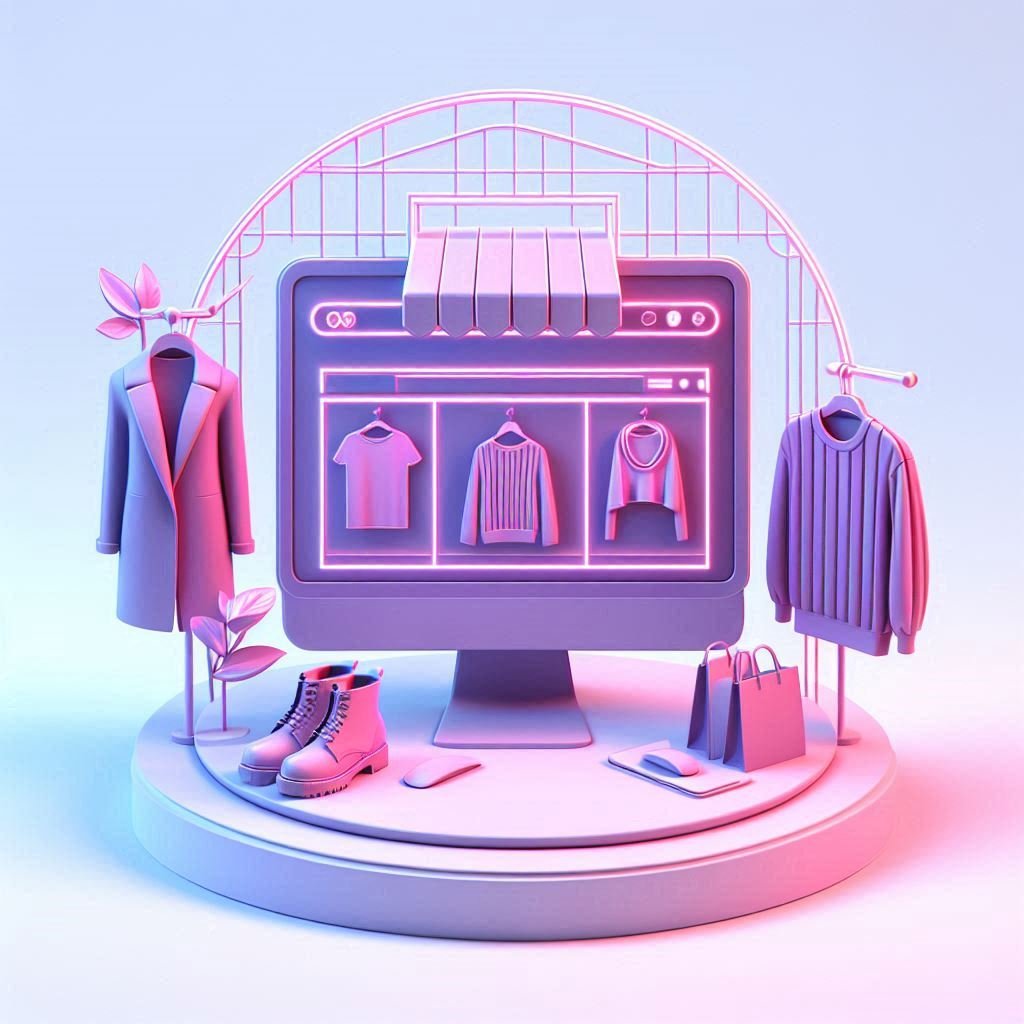In an age where attention spans are shorter than ever, capturing and holding your audience’s attention online is a significant challenge. One of the most effective ways to engage visitors and convey your brand’s message is through visual storytelling. By combining compelling visuals with a cohesive narrative, you can create a powerful connection with your audience, encouraging them to explore your site, connect with your brand, and ultimately take action.
In this article, we’ll explore the concept of visual storytelling in web design, why it’s so effective, and how you can use it to elevate your website and drive conversions.
- What is Visual Storytelling in Web Design? Visual storytelling in web design involves using images, videos, graphics, and other visual elements to convey a narrative or message. Instead of relying solely on text, visual storytelling allows you to create an immersive experience that resonates with your audience on a deeper emotional level.
At its core, visual storytelling is about showing rather than telling. It’s about crafting a story that guides your visitors through your site, keeping them engaged and making your brand memorable.
Key Elements of Visual Storytelling:
- Imagery: High-quality images that are relevant to your brand and message.
- Typography: Fonts and text styles that complement the visual elements and reinforce the story.
- Color Scheme: Colors that evoke the right emotions and align with your brand identity.
- Layout: A design structure that guides the user’s eye and supports the narrative flow.
- Animation: Subtle animations that add dynamism and keep the user engaged.
- Videos: Engaging video content that brings your story to life.
- Why Visual Storytelling Works Visual storytelling is effective because it taps into the way humans naturally process information. People are wired to respond to stories, and visuals can enhance this response by making the story more relatable, memorable, and impactful.
Here’s why visual storytelling works:
- Emotional Connection: Visuals have the power to evoke emotions, making your message more persuasive. When users feel an emotional connection to your brand, they’re more likely to take action.
- Improved Recall: Studies show that people remember information better when it’s presented visually. By using visuals to tell your story, you increase the likelihood that your message will stick with your audience.
- Faster Processing: The brain processes visuals much faster than text. A well-crafted visual story can quickly convey complex information, helping users understand your message without the need for lengthy explanations.
- Enhanced Engagement: Visual content is more engaging than text alone. By creating an immersive experience, you can keep users on your site longer, reducing bounce rates and increasing the chances of conversion.
- How to Implement Visual Storytelling in Web Design To effectively incorporate visual storytelling into your web design, follow these steps:
a. Define Your Story
Before you start designing, clearly define the story you want to tell. What is the core message you want to convey? What emotions do you want to evoke? Understanding your narrative will guide your design decisions and ensure that all visual elements work together to support your story.
b. Choose the Right Visuals
Select images, videos, and graphics that align with your narrative and resonate with your target audience. High-quality visuals that are relevant to your brand will make your story more believable and impactful.
Tips:
- Use authentic images that reflect your brand’s personality.
- Incorporate videos that showcase your products or tell your brand’s story.
- Choose a color scheme that aligns with the emotions you want to evoke.
c. Use Typography to Reinforce Your Message
Typography plays a crucial role in visual storytelling. The fonts you choose should complement your visuals and enhance the overall narrative. Consider the mood you want to create and select fonts that align with that mood.
Tips:
- Use bold, eye-catching fonts for headlines to draw attention.
- Choose readable fonts for body text to ensure your message is clear.
- Experiment with text placement and hierarchy to guide the user’s eye.
d. Design with User Experience in Mind
The layout and structure of your website should support the flow of your story. Design your site in a way that guides users from one element to the next, creating a seamless and intuitive experience.
Tips:
- Use a grid layout to create visual balance and harmony.
- Incorporate white space to give your visuals room to breathe.
- Implement smooth transitions and animations to keep the user engaged.
e. Create a Cohesive Visual Narrative
All elements of your web design should work together to tell a cohesive story. From the homepage to the contact page, ensure that your visual narrative is consistent and reinforces your brand message.
Tips:
- Maintain a consistent visual style across all pages.
- Use storytelling techniques like beginning, middle, and end to structure your content.
- Highlight key moments in your story with impactful visuals.
f. Optimize for Performance
While visuals are powerful, they can also slow down your website if not optimized properly. Ensure that all images, videos, and animations are optimized for fast loading times to prevent frustrating your users.
Tips:
- Compress images without sacrificing quality.
- Use modern image formats like WebP.
- Implement lazy loading for images and videos.
- Examples of Visual Storytelling in Action To better understand the power of visual storytelling, let’s look at a few examples of brands that have successfully implemented this technique in their web design:
a. Apple’s website is a masterclass in visual storytelling. From the moment you land on their homepage, you’re drawn into a narrative that emphasizes innovation, simplicity, and elegance. Their use of high-quality imagery, sleek design, and minimalistic typography creates an immersive experience that resonates with their audience.
b. Airbnb uses visual storytelling to connect with users on an emotional level. Their website features large, captivating images of destinations, along with stories from hosts and guests. This approach not only showcases their offerings but also creates a sense of belonging and adventure.
c. Nike’s website is a powerful example of how visuals can be used to convey a brand’s values and mission. Through bold imagery, dynamic videos, and strong typography, Nike tells the story of athleticism, perseverance, and innovation.
- How I Can Help You Leverage Visual Storytelling in Your Web Design With extensive experience in web design and a deep understanding of visual storytelling, I can help you create a website that not only looks stunning but also engages your audience and drives results. Whether you’re looking to revamp your existing site or build a new one from scratch, I’ll work with you to craft a visual narrative that aligns with your brand and resonates with your target audience.
What I Offer:
- Custom Visual Design: I’ll create a unique design that tells your brand’s story and sets you apart from the competition.
- Engaging Content: From imagery to videos, I’ll help you select and create visual content that captivates your audience.
- User-Centric Design: I prioritize user experience, ensuring your website is intuitive, responsive, and easy to navigate.
- Ongoing Support: I offer continuous support to keep your website fresh and relevant, ensuring your visual story evolves with your brand.
Conclusion: Engage Your Audience Like Never Before Incorporating visual storytelling into your web design is a powerful way to engage your audience, build emotional connections, and drive conversions. By leveraging the right visuals, crafting a compelling narrative, and focusing on user experience, you can create a website that not only looks great but also delivers results.
Ready to transform your website with the power of visual storytelling? Let’s work together to create a site that captures your brand’s essence and engages your audience like never before. Contact me today for a consultation, and let’s start building a website that tells your story and drives success.

